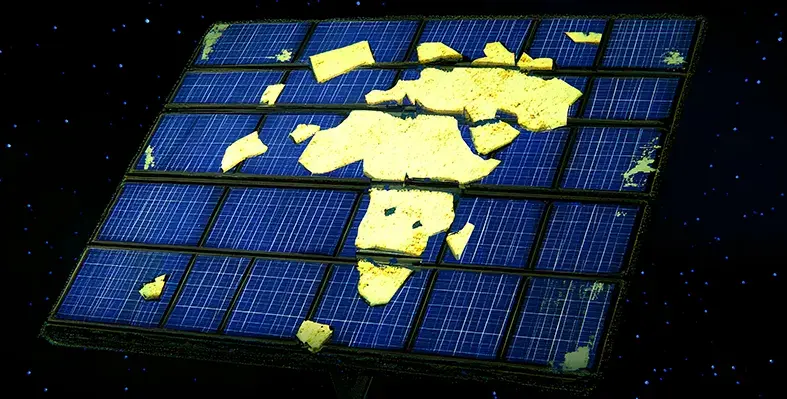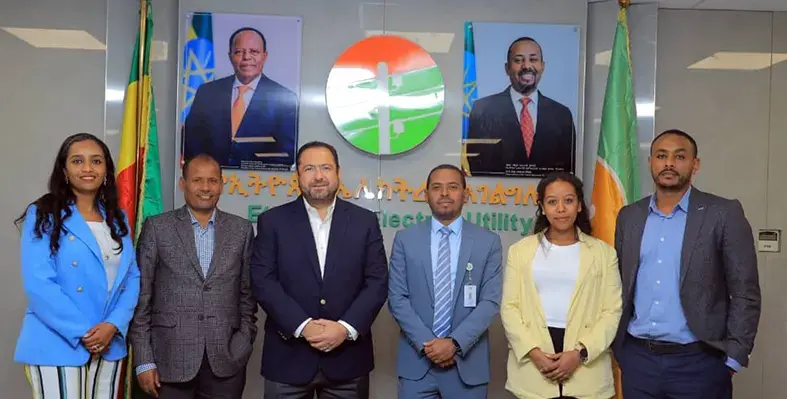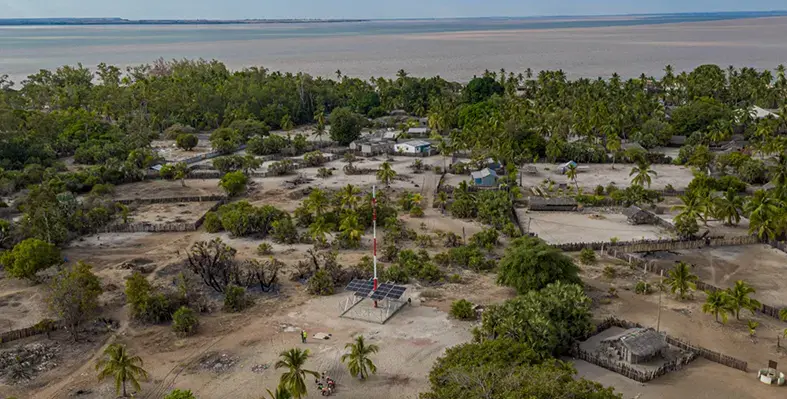It is estimated that mobile data traffic in sub-Saharan Africa will grow by 12 times the current figures, with total traffic increasing from 0.33 exabytes (EB) per month to 4EB by 2025
Meanwhile, over the forecast period average traffic per smartphone is expected to reach 7.1 GB. These forecasts are included in the Ericsson Mobility Report’s June 2020 edition, along with data-traffic growth projections, and regional subscriptions.
LTE accounted for around 11 per cent of subscriptions in sub-Saharan Africa in 2019. Mobile broadband subscriptions are forecast to increase over the forecast period, reaching 72 per cent of mobile subscriptions. By the end of the forecast period, LTE share will reach around 30 per cent and LTE subscriptions are set to triple, rising from 90mn in 2019 to 270mn in 2025.
Fadi Pharaon, president of Ericsson Middle East and Africa, said, “Technology brings an unprecedented opportunity to address the challenges of sustainable economic development and improve the livelihood of people in Africa.
“The latest edition of Ericsson’s Mobility Report highlights Africa as one of the fastest growing mobile markets and reiterates the need for a more efficient technology, higher data rates and availability of ample spectrum. The report highlights as well the importance of mobile and fixed networks as key components of critical national infrastructure to sustain and evolve emerging economies during remote work times.”
Mobile broadband subscription growth driving factors include a young and growing population with increasing digital skills, and more affordable smartphones. As of 2022, discernible volumes of 5G subscriptions are expected to reach three per cent by 2025 over the forecast period.






















